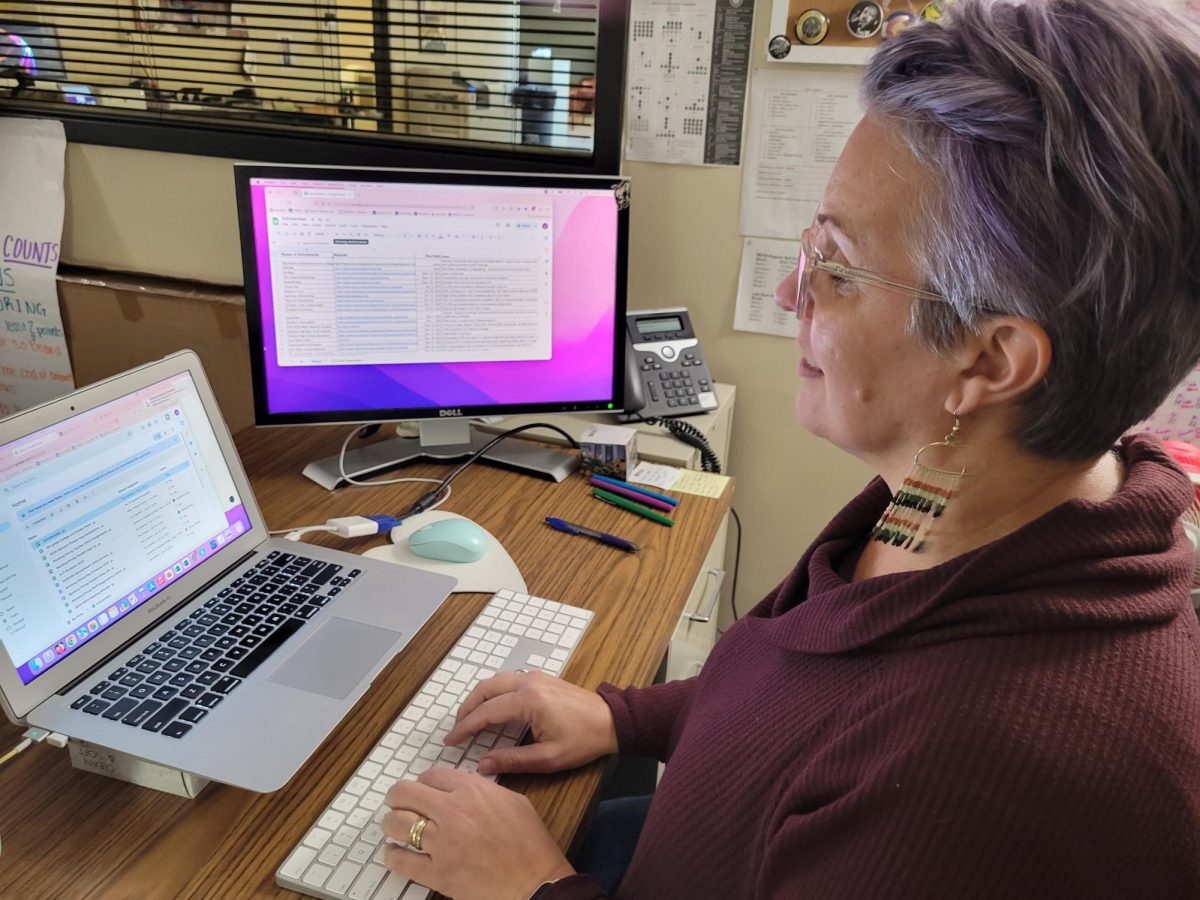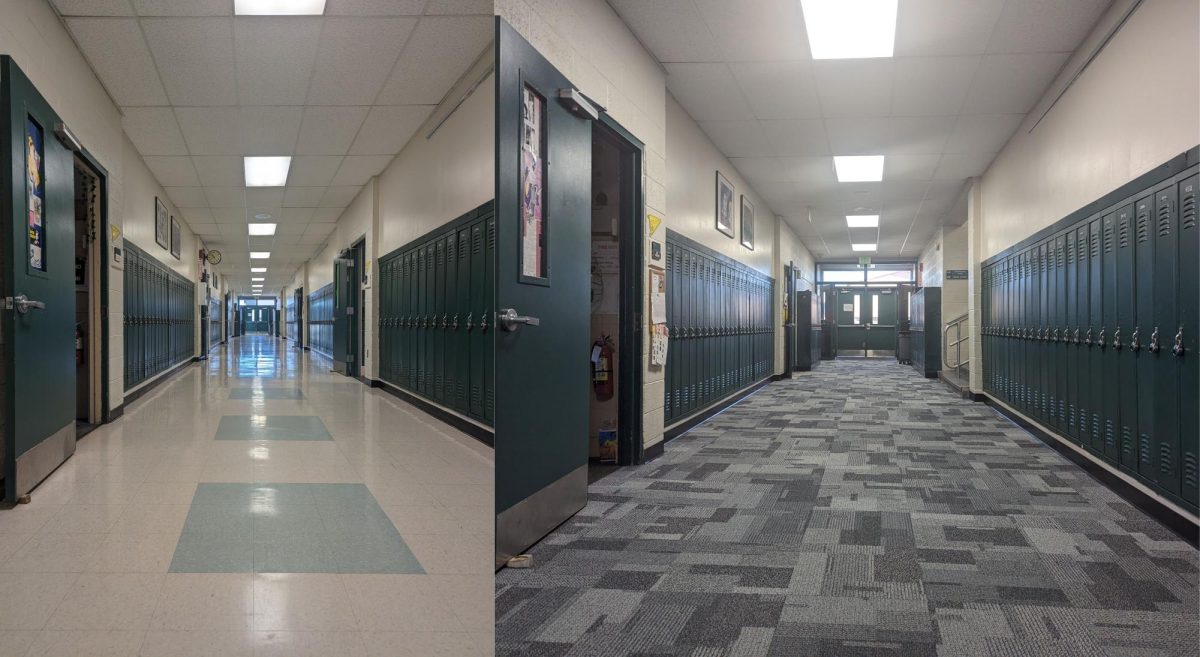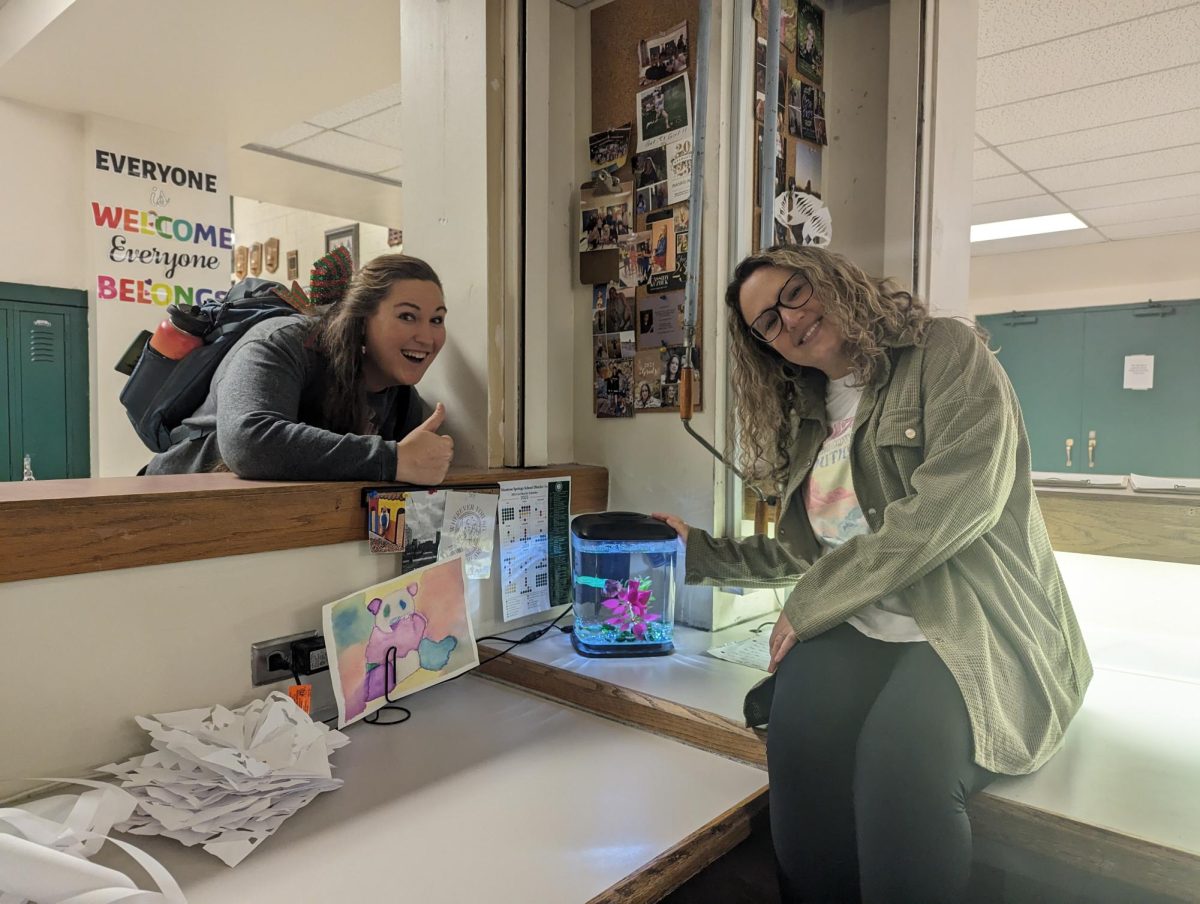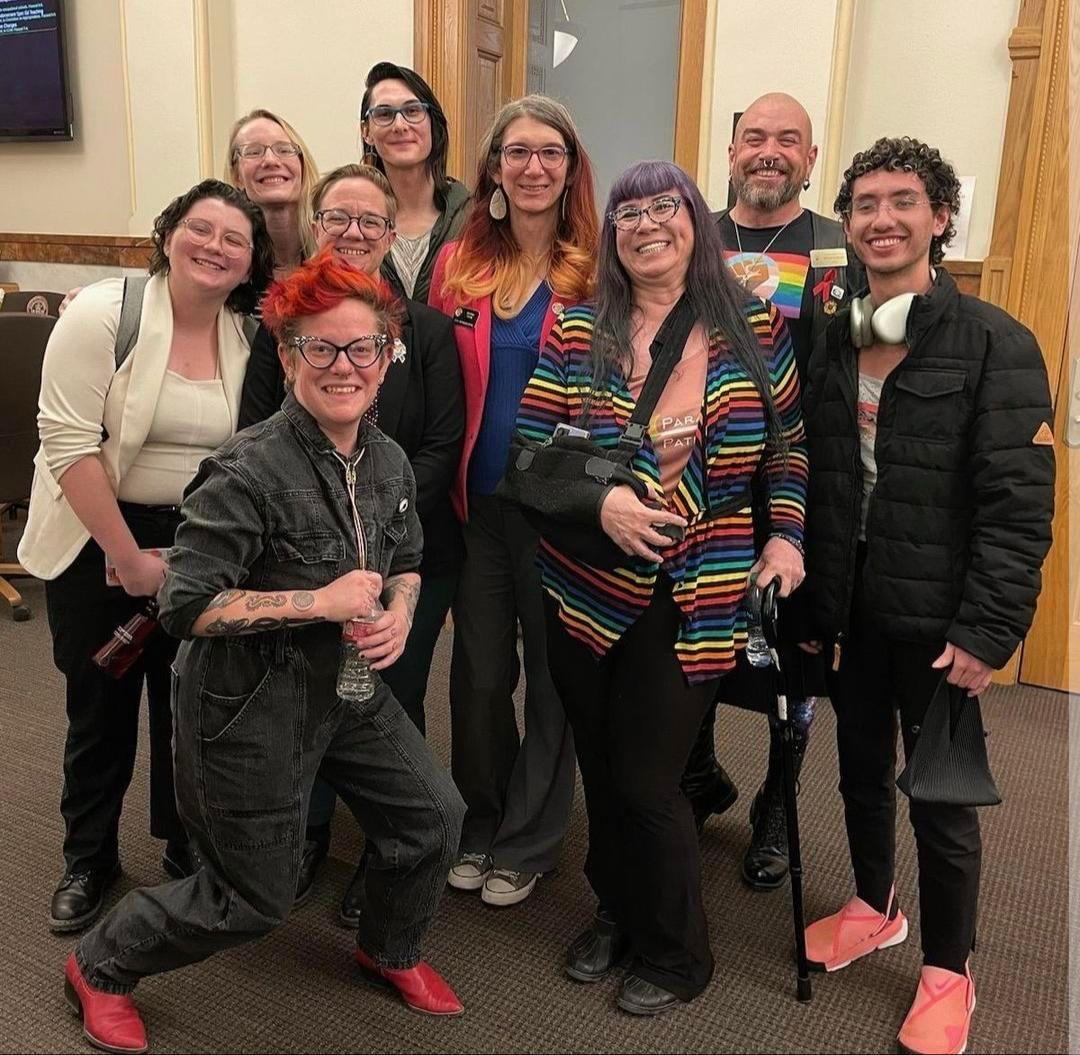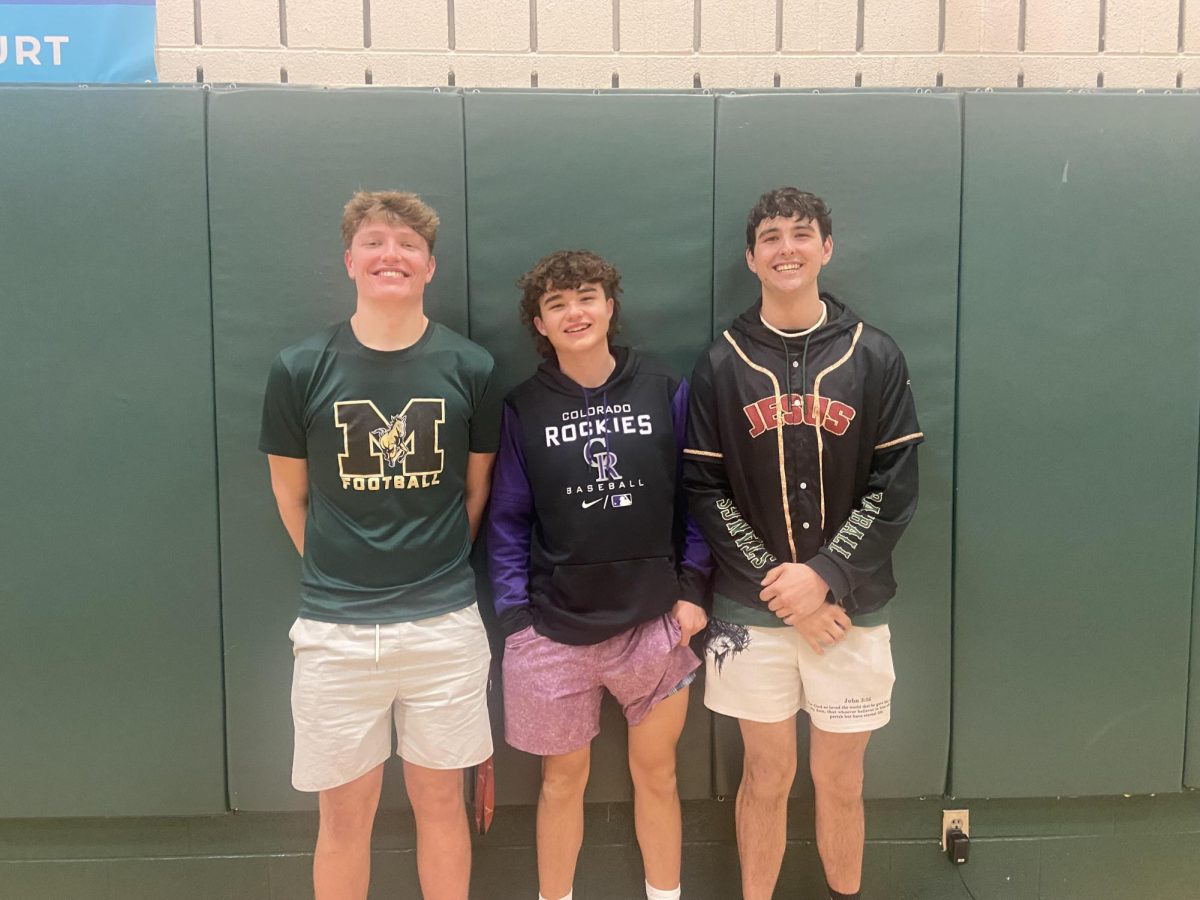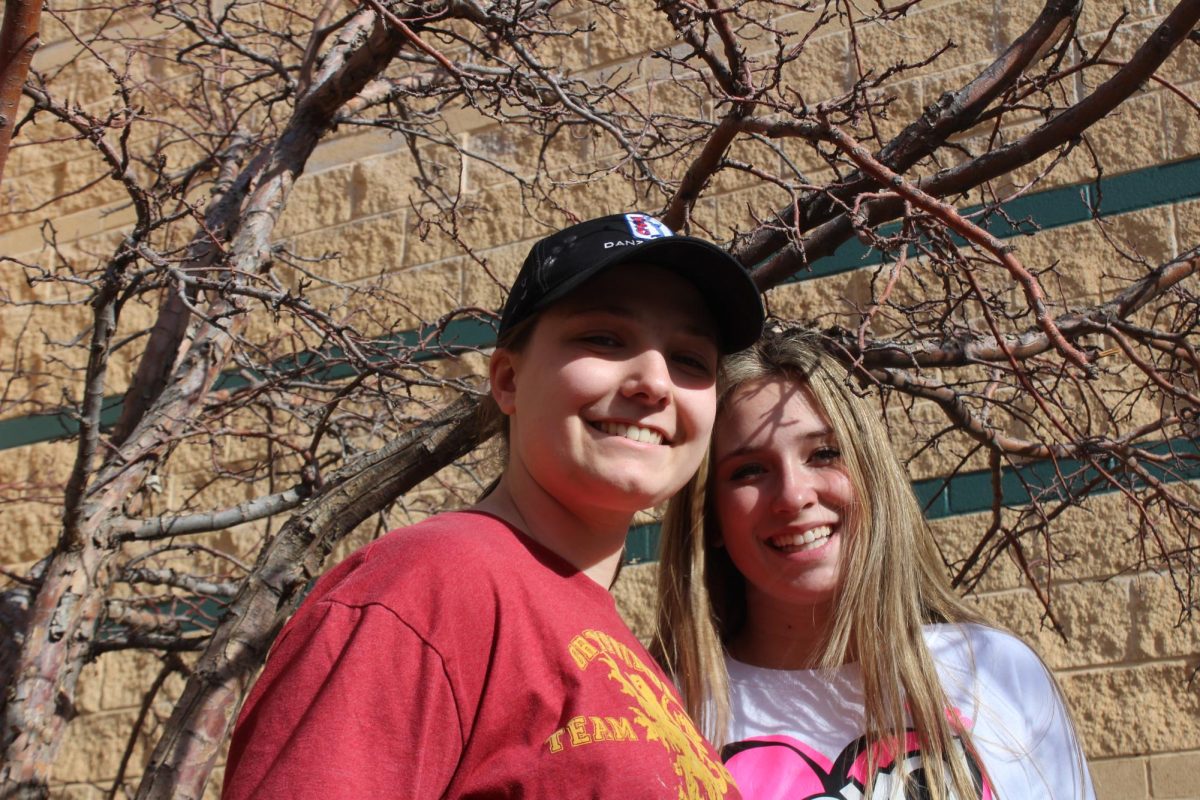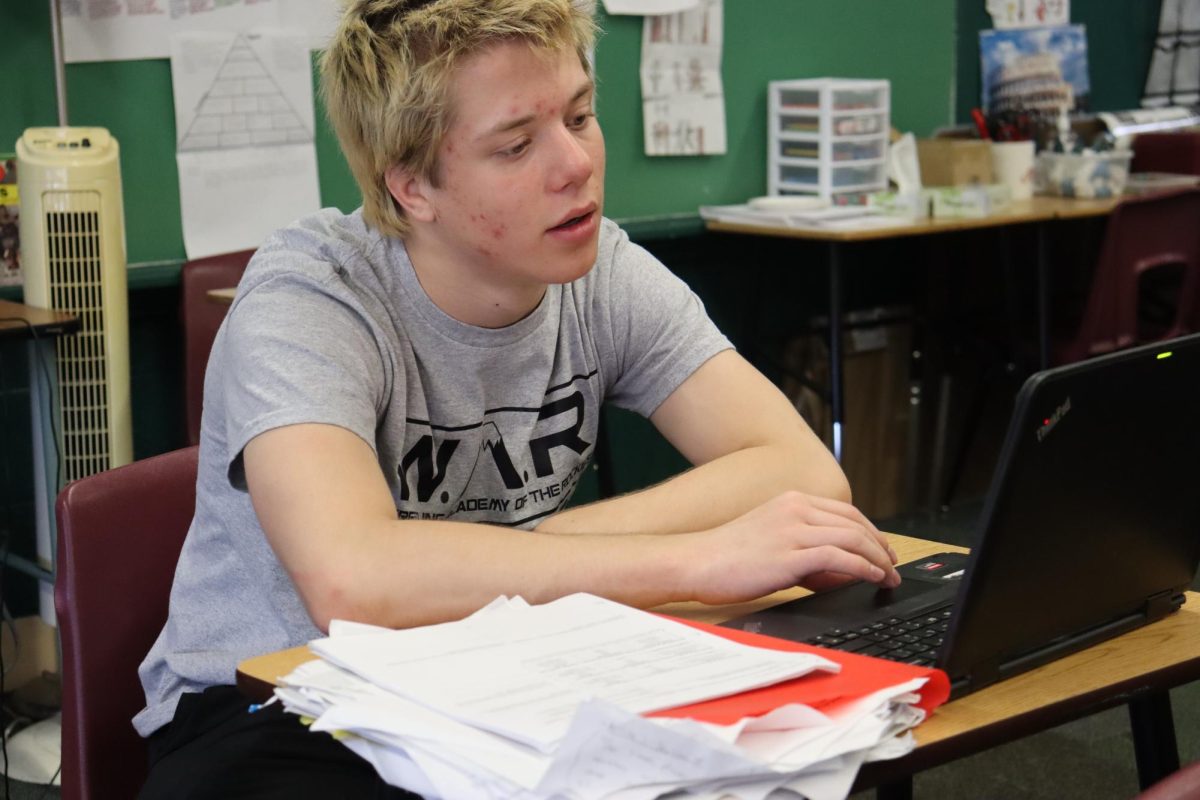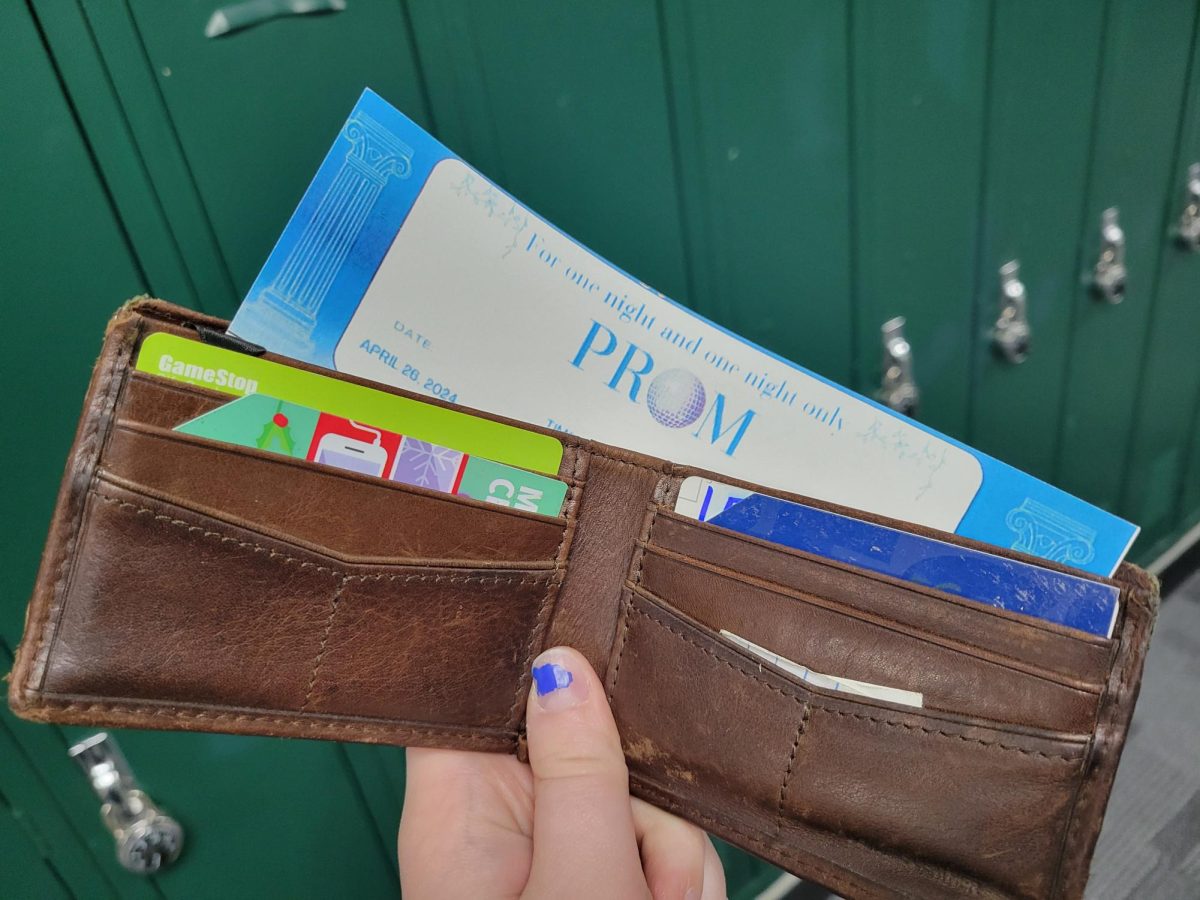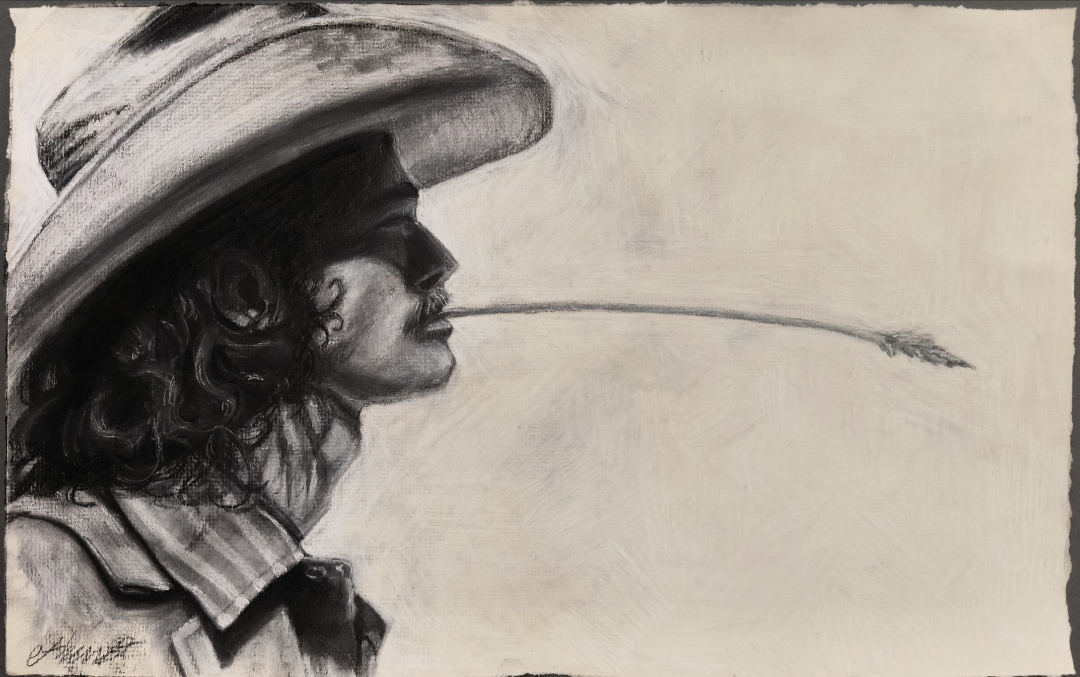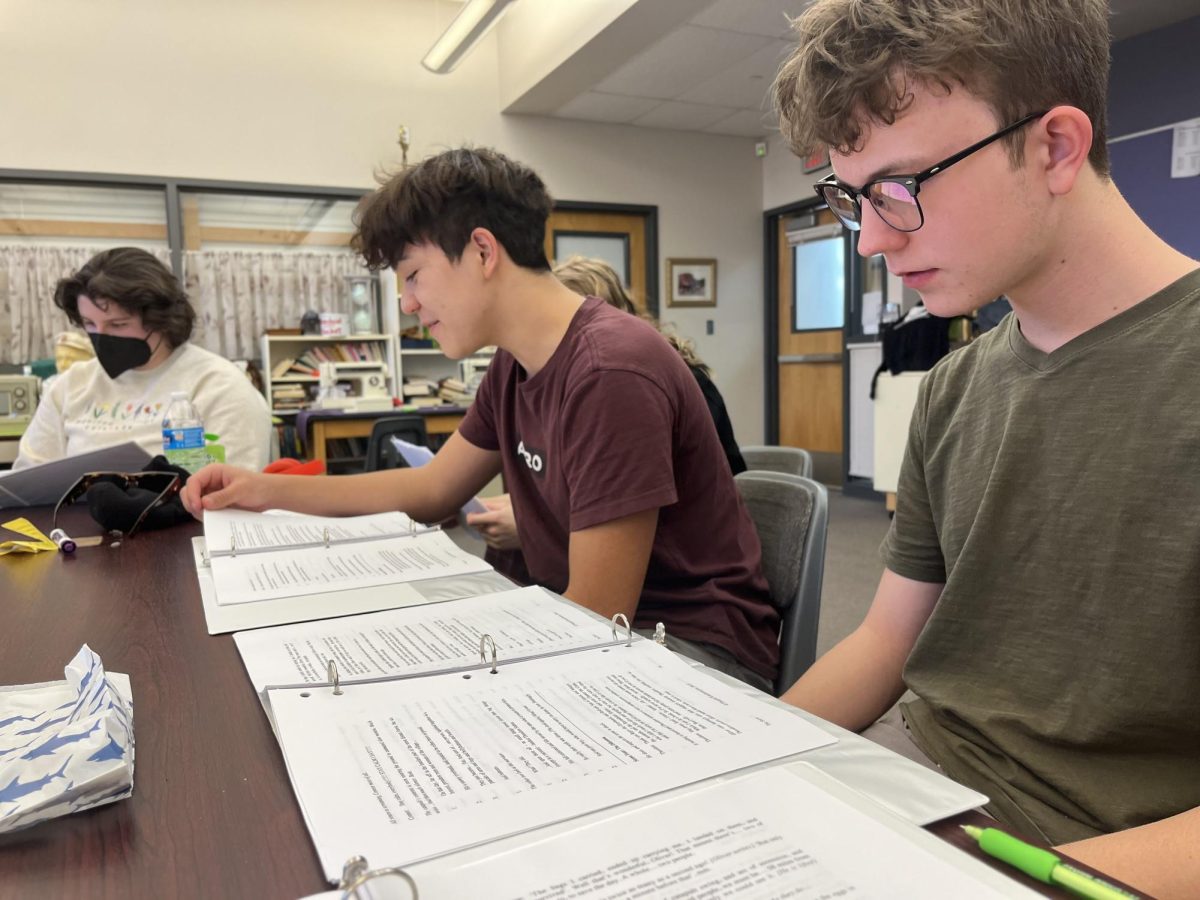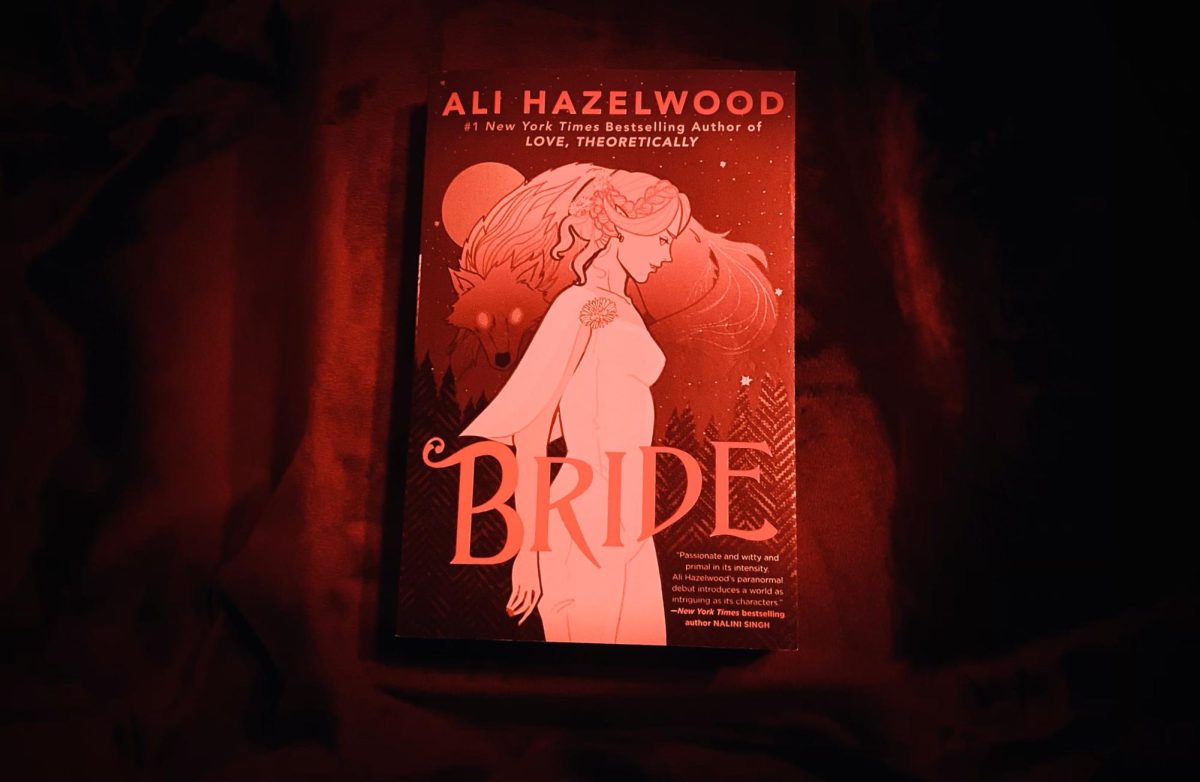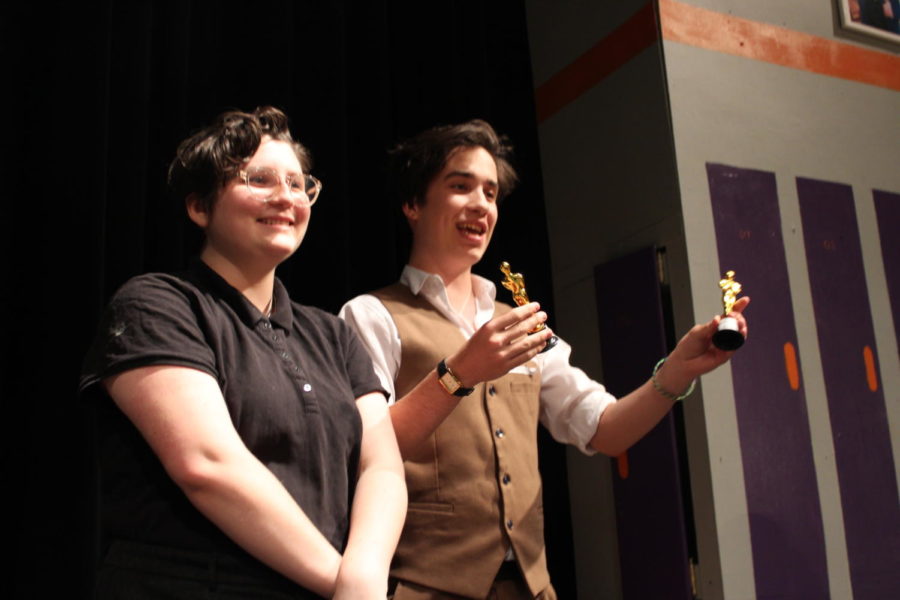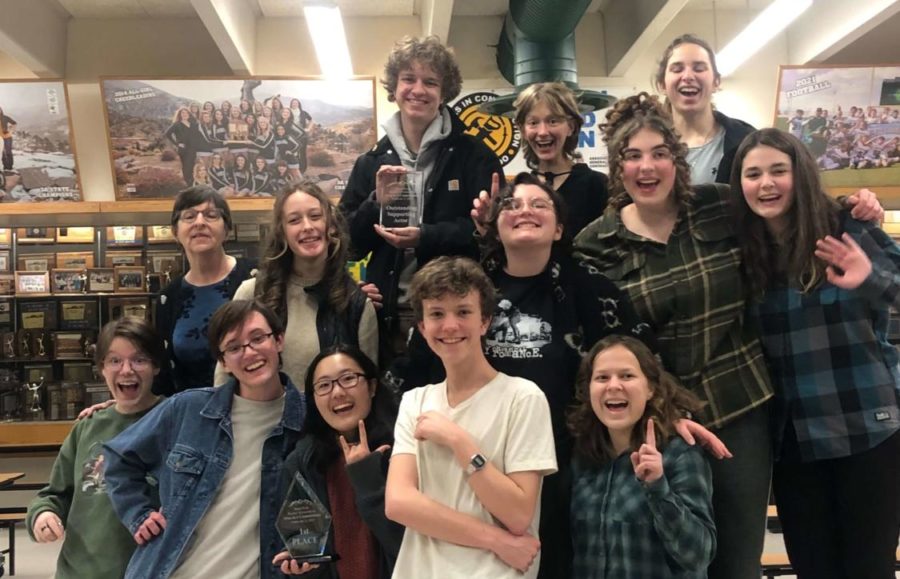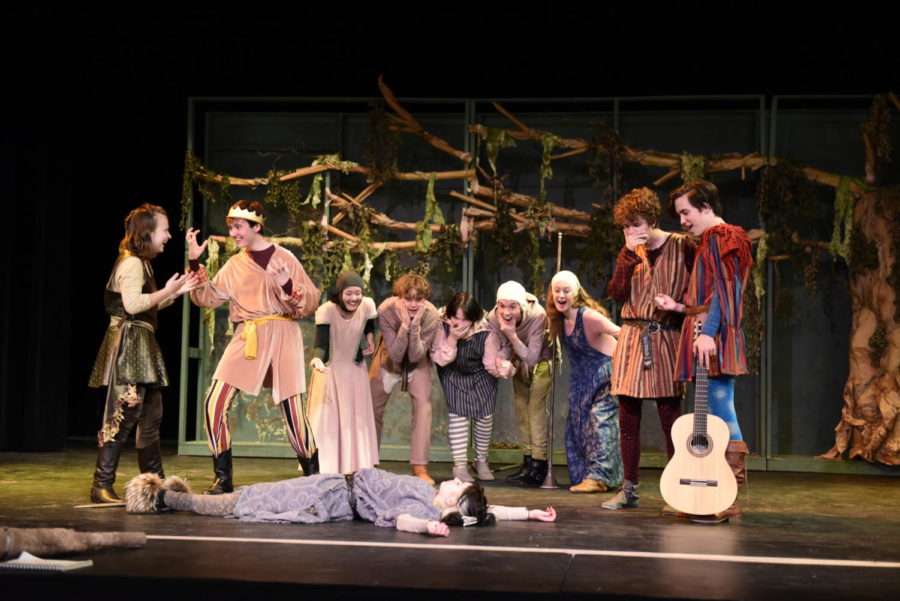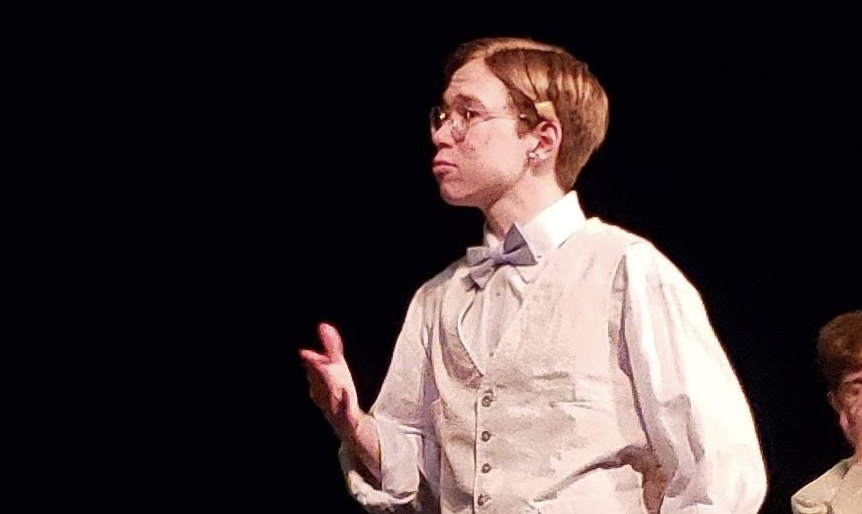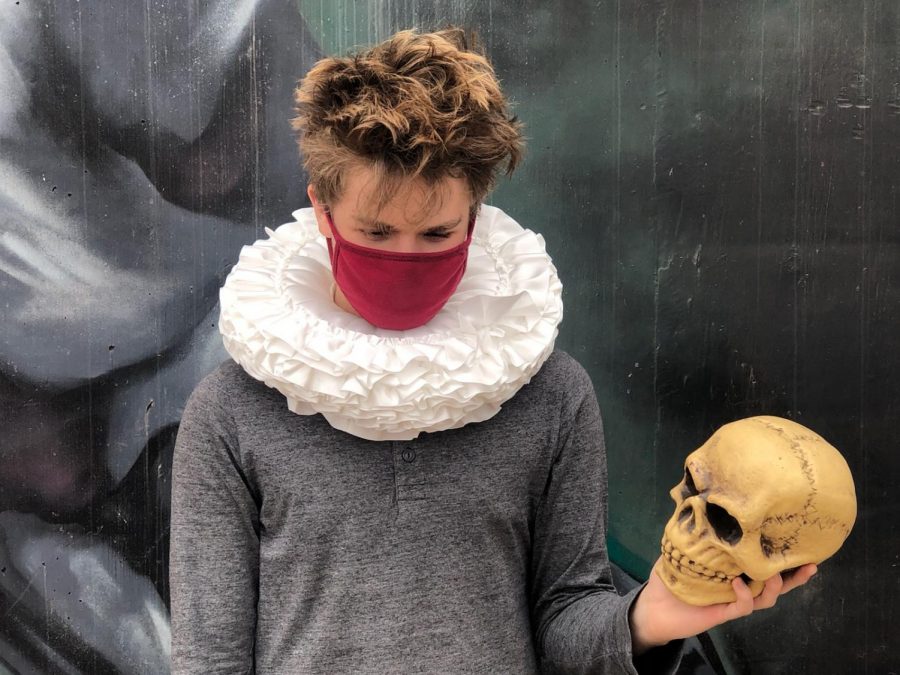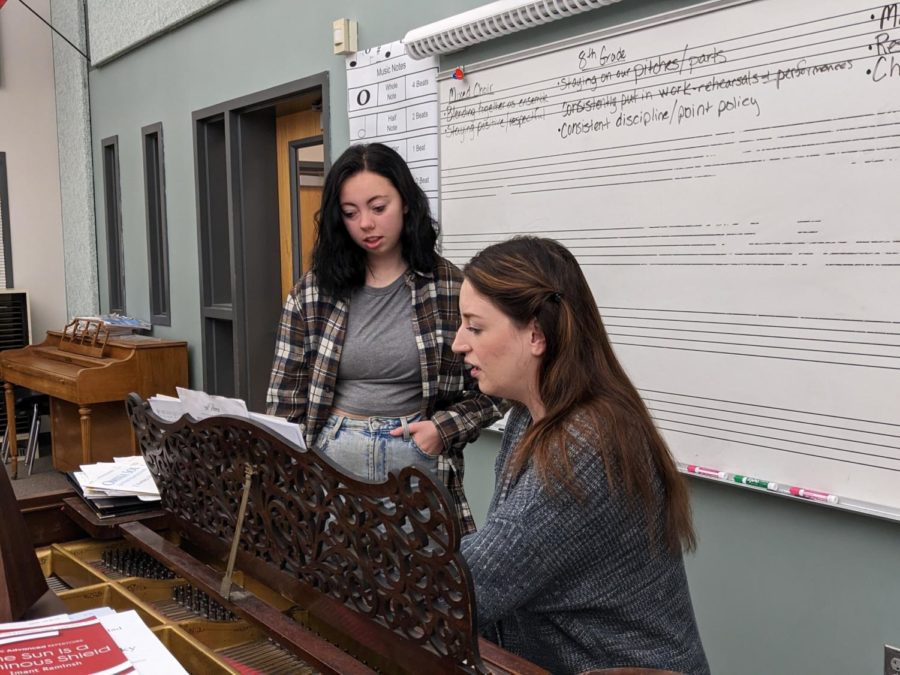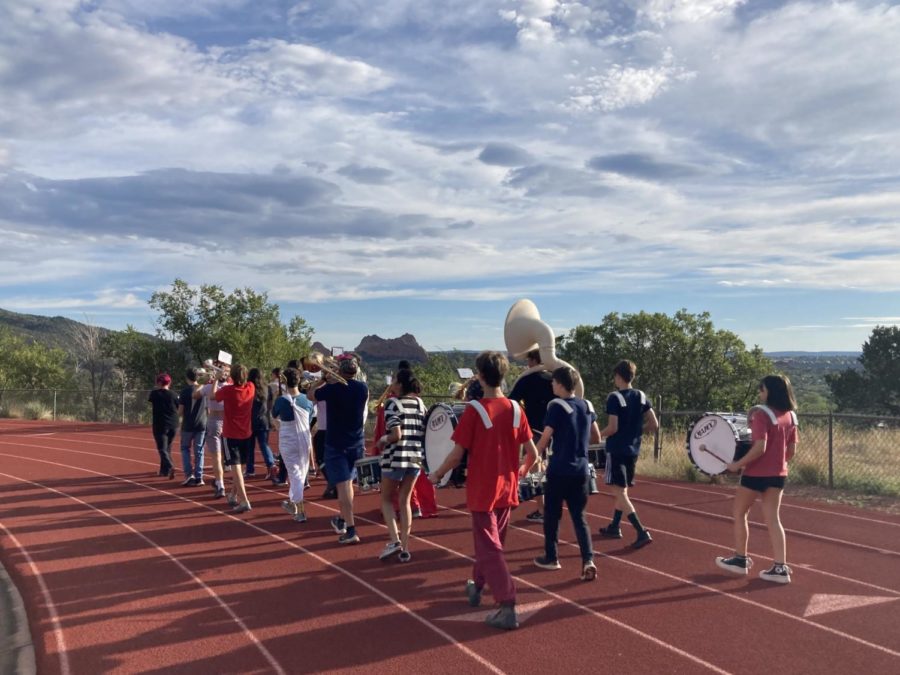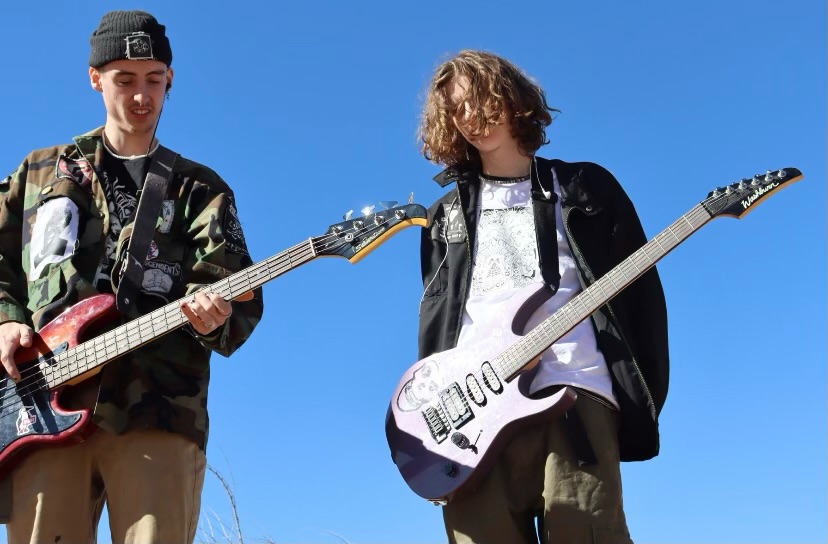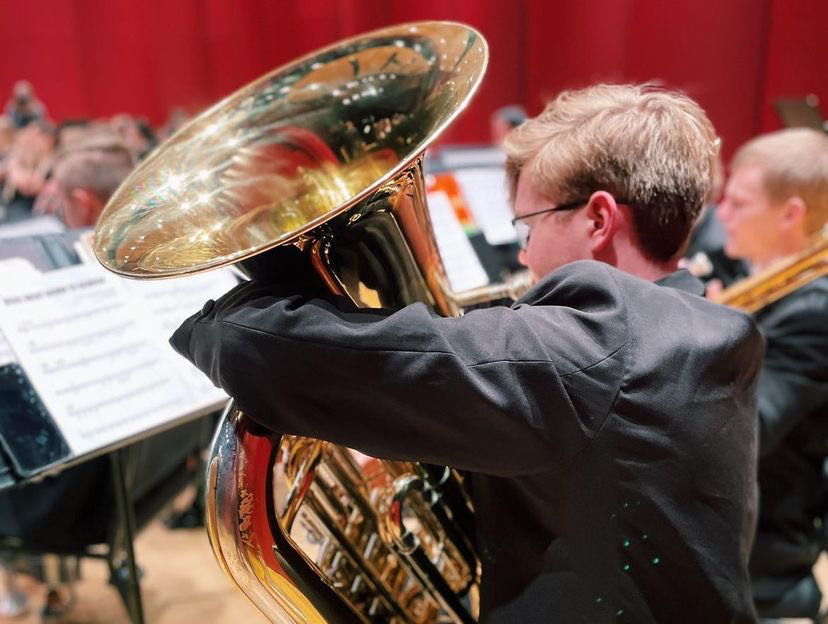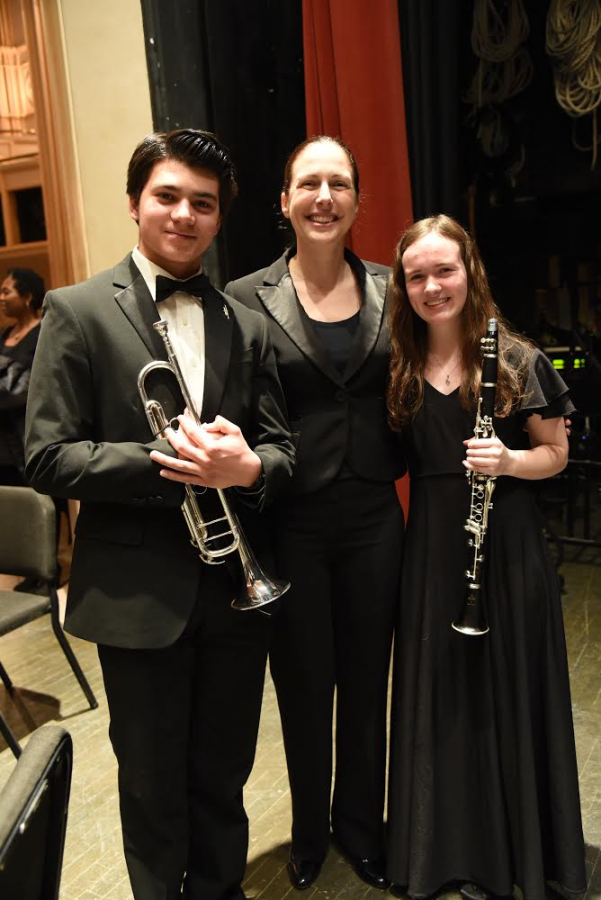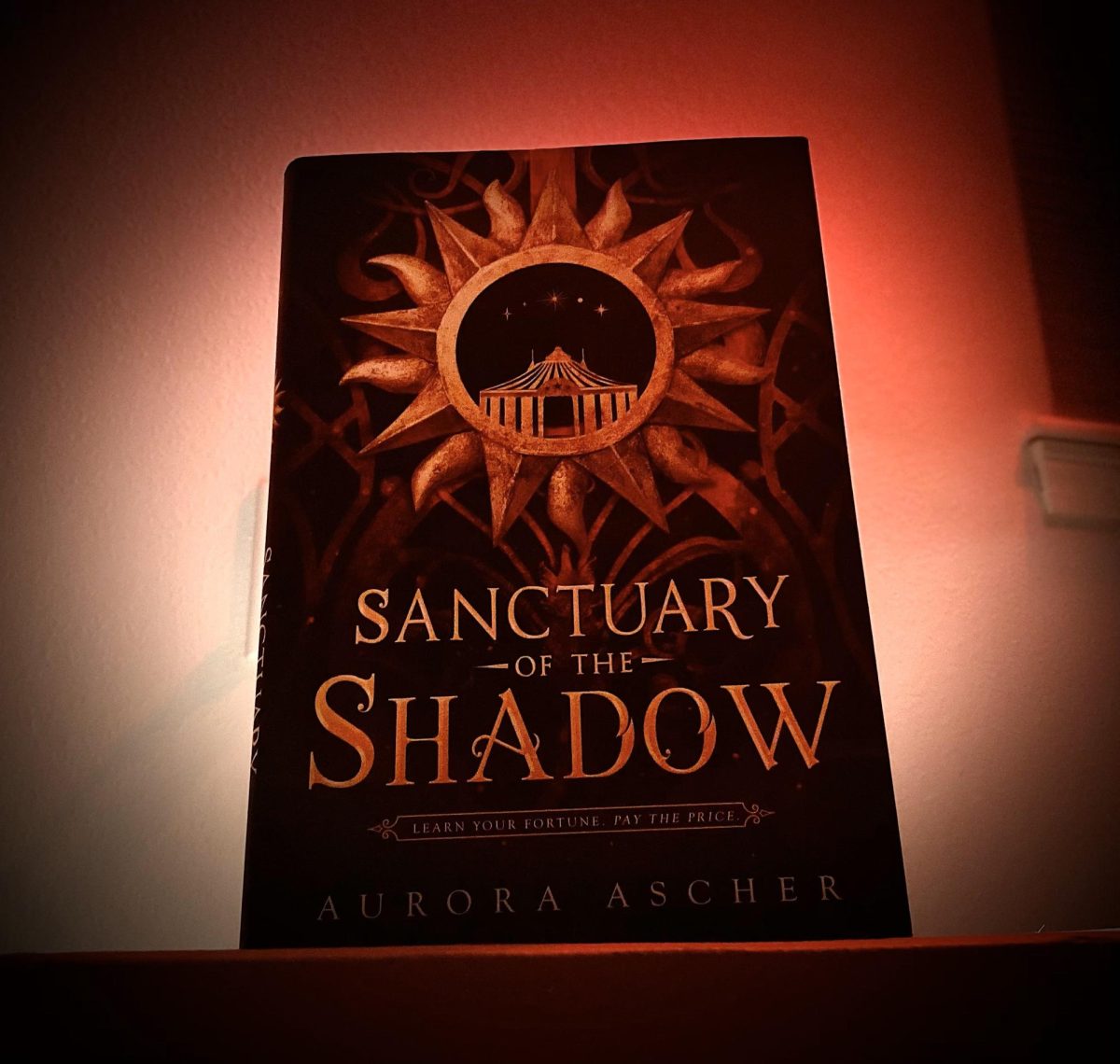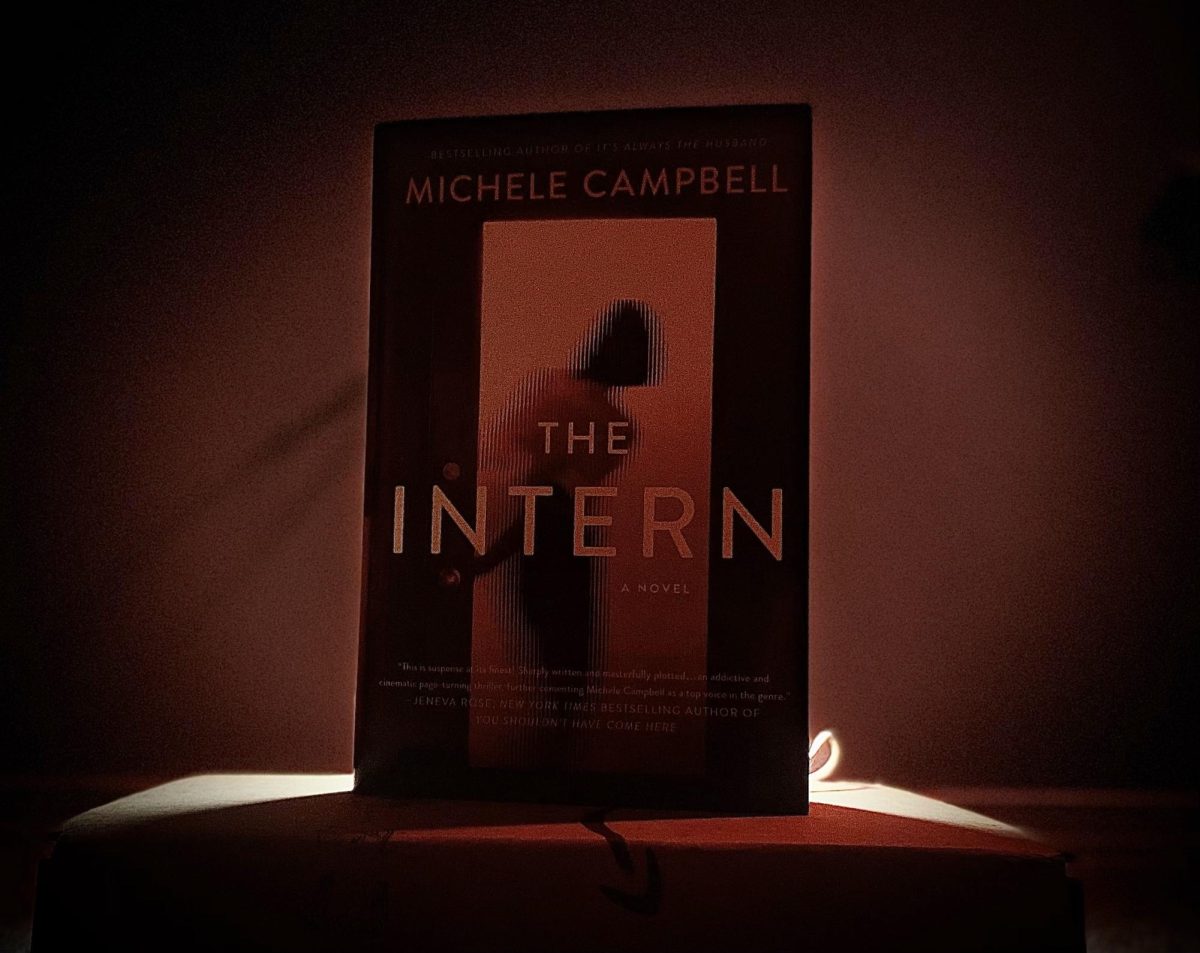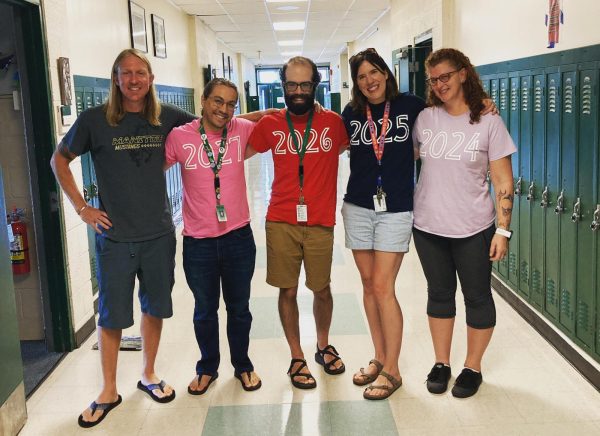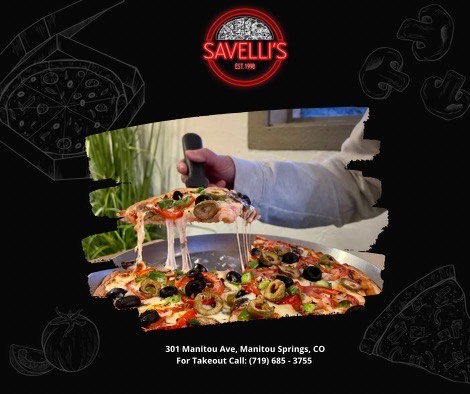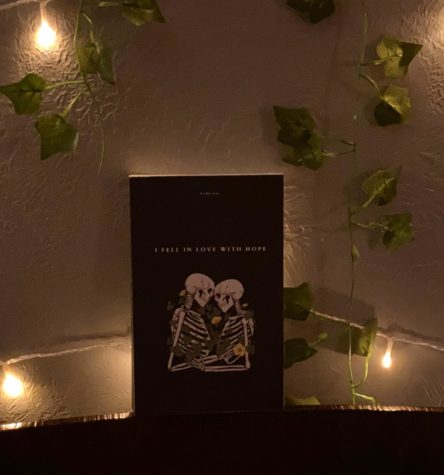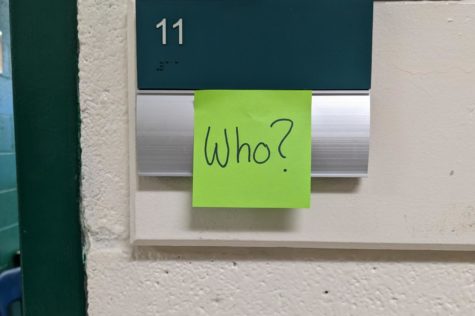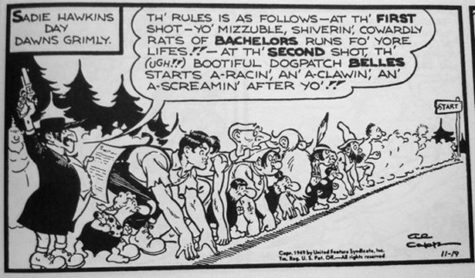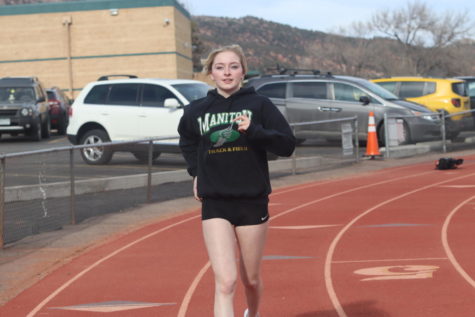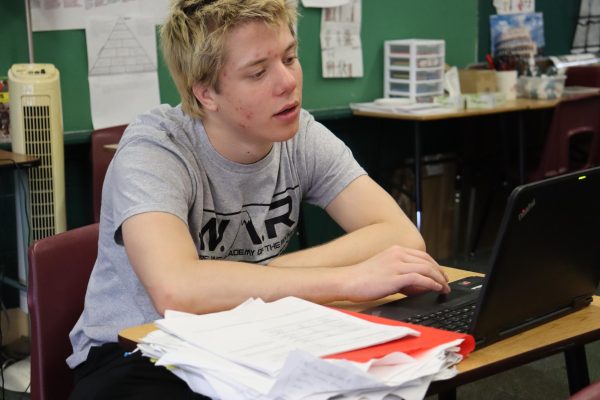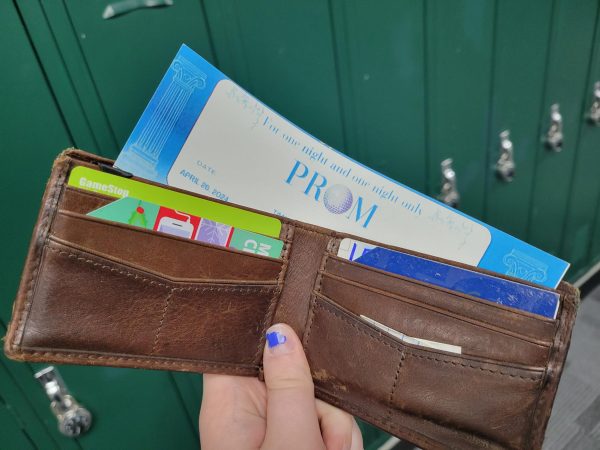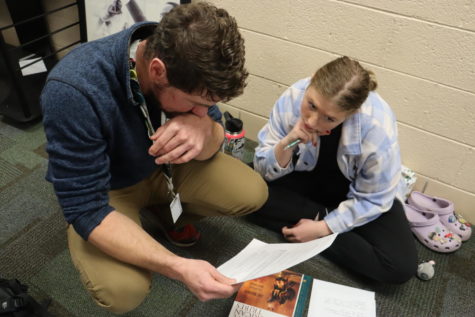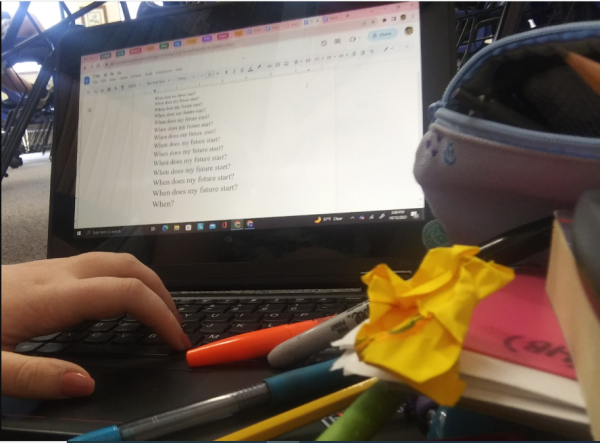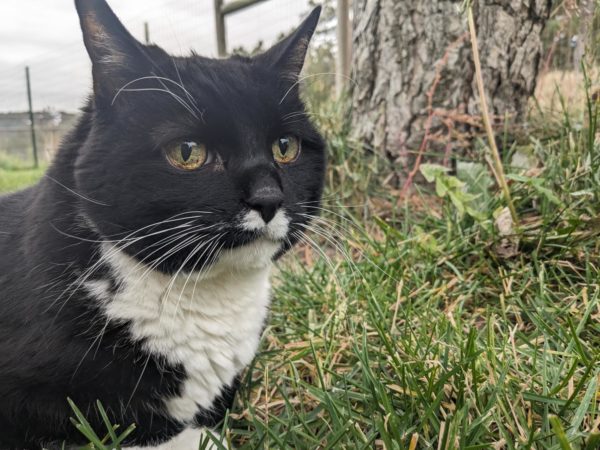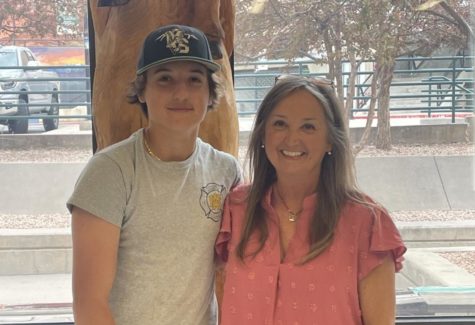The case against Sadie Hawkins
January 14, 2015
To many students, the idea of a Sadie Hawkins dance (a type of dance where the girl asks the boy to go) may seem harmless, but to some this type of dance makes them feel uncomfortable. While not all students will feel this way regarding a school dance, there are many reasons why some feel this style of dance would be harmful to have in a school environment.
Sadie Hawkins style dances are built around the idea that in a normal functioning society, men ask and pay for women on dates. This type of thinking is built around the idea of sexism. Whether indirect or direct, by hosting a Sadie Hawkins style dance the school would be promoting the idea that it is normally “man asks and pays for women” which could emasculate men who don’t fill this role, or make women who ask men feel uncomfortable.
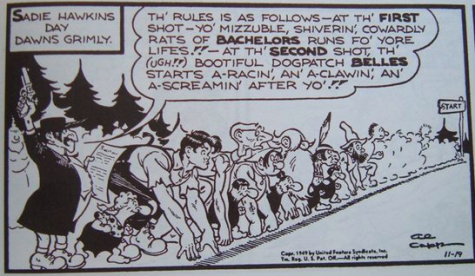
Another main reason that many students are uncomfortable with the idea of a Sadie Hawkins dance is because it does not give any leeway for LGB (lesbian, gay, and bisexual) students who choose to go with someone of their same gender. While some of these LGB students are not directly upset about the idea of this dance and feel the need to “laugh it off” as a joke, this type of indirect homophobia can be harmful to them.
This style of dance also is harmful to those questioning, or outside of the gender binary. Students who identify as neither, both, or genderqueer can be completely excluded from this type of dance because of the feeling of not being “welcome” in an environment that perpetuates the idea of heteronormativity.
Heteronormativity can be defined as the belief that people fall into two distinct and complementary genders with natural roles in life. While many average students at Manitou High School don’t feel these added pressures and therefore are neutral to the idea of a Sadie Hawkins style dance, the LGBTQ students ask that their situation is taken into consideration, and the idea of a Sadie Hawkins dance could be dispelled.
Editor’s Note: As of January 14, 2015, the MSHS Student Council has announced that it will not endorse a “Sadie Hawkins”-style dance for this year’s Snowcoming dance.



